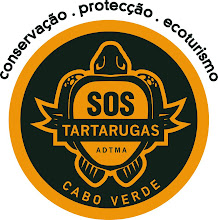Many Kentish plover populations are now declining and we want to make sure that we don't lose the ones that are here.
 |
| Kentish Plover chick |
The problem is that they are extremely vulnerable as their breeding areas are lost to development. In addition, their nests are mere scrapes on the ground meaning that predators such as crows and dogs can easily eat them and unwary humans could step on them without even noticing.
 |
| Kentish Plover nest |
To start with our team will be going out early in the morning and identifying the best areas to see the birds who are nesting at this time of year. If we can establish that there are more than 15 breeding pairs we will know that it is worth starting a full time Kentish Plover programme in 2013. We also want to understand if there is migration between the islands and we will do this by ringing the birds so that they can be identified whereever they are seen.
 |
| A ringed Kentish Plover |
More photos here.




